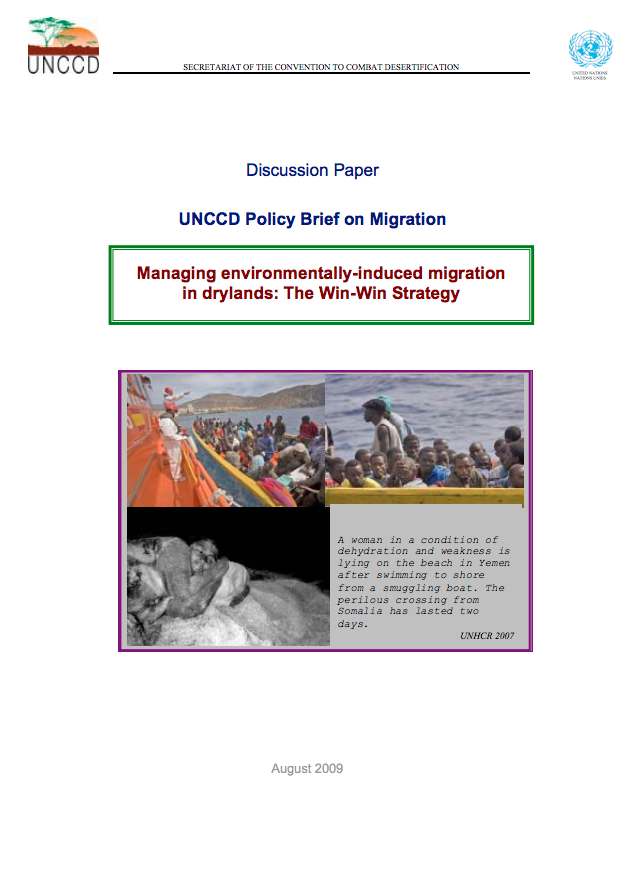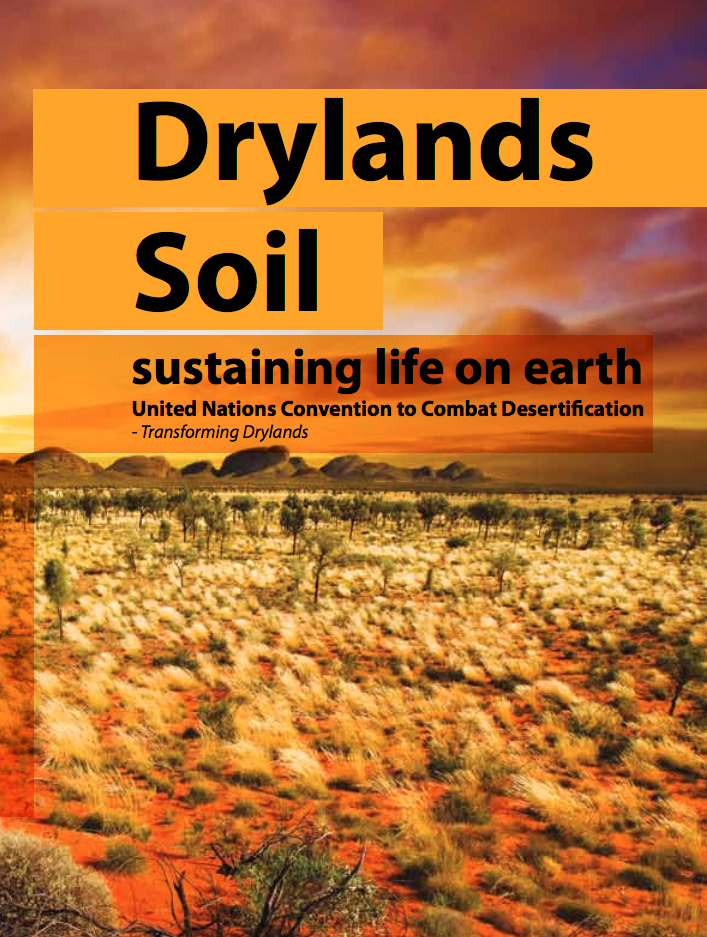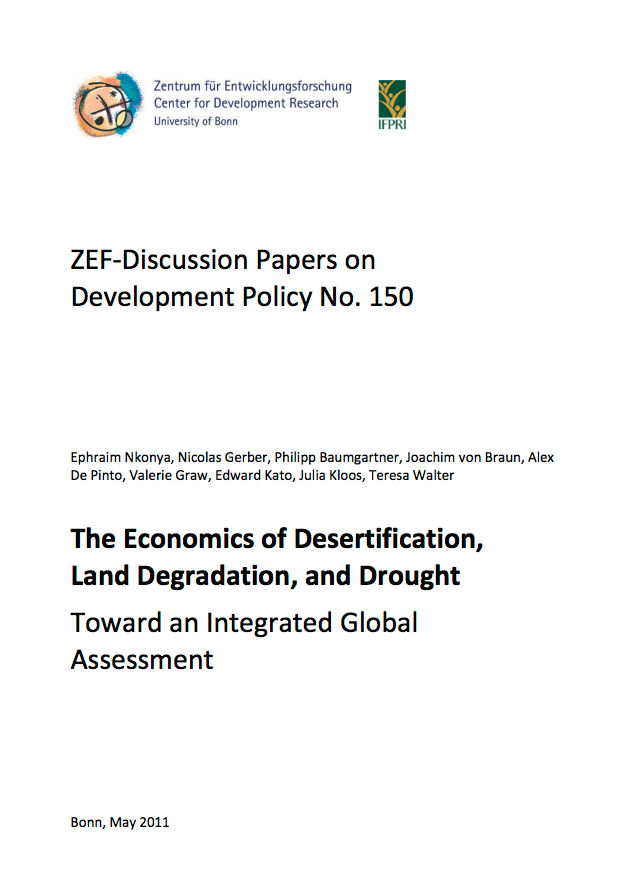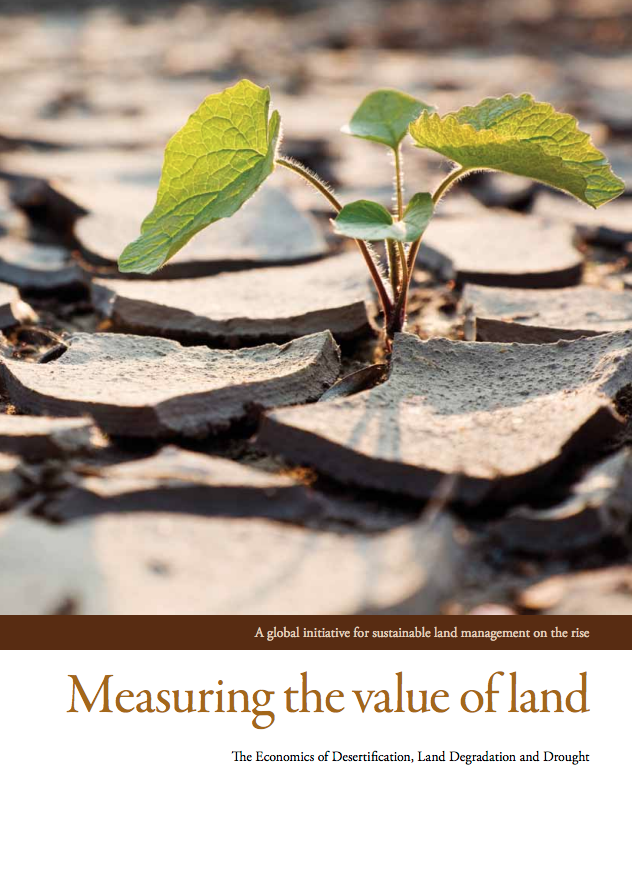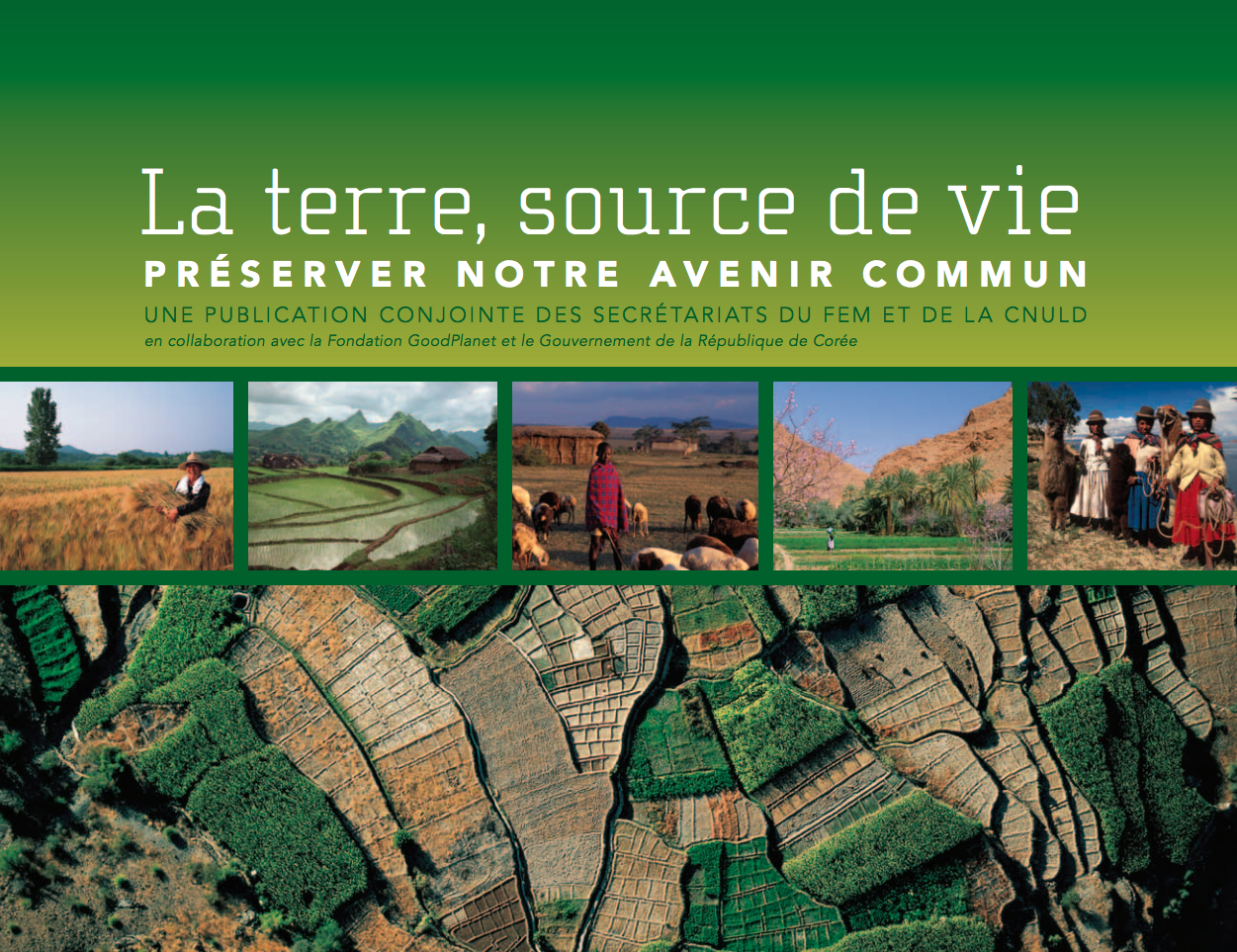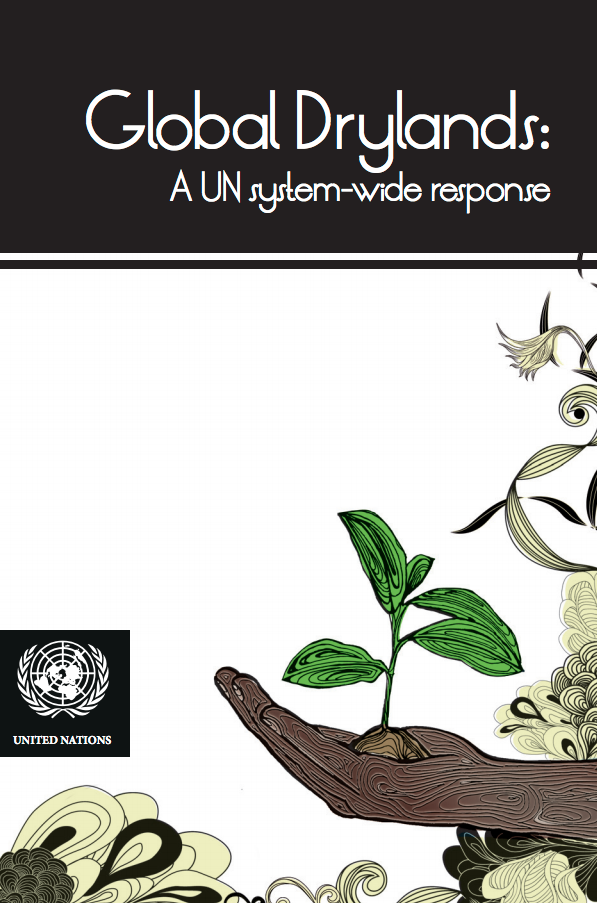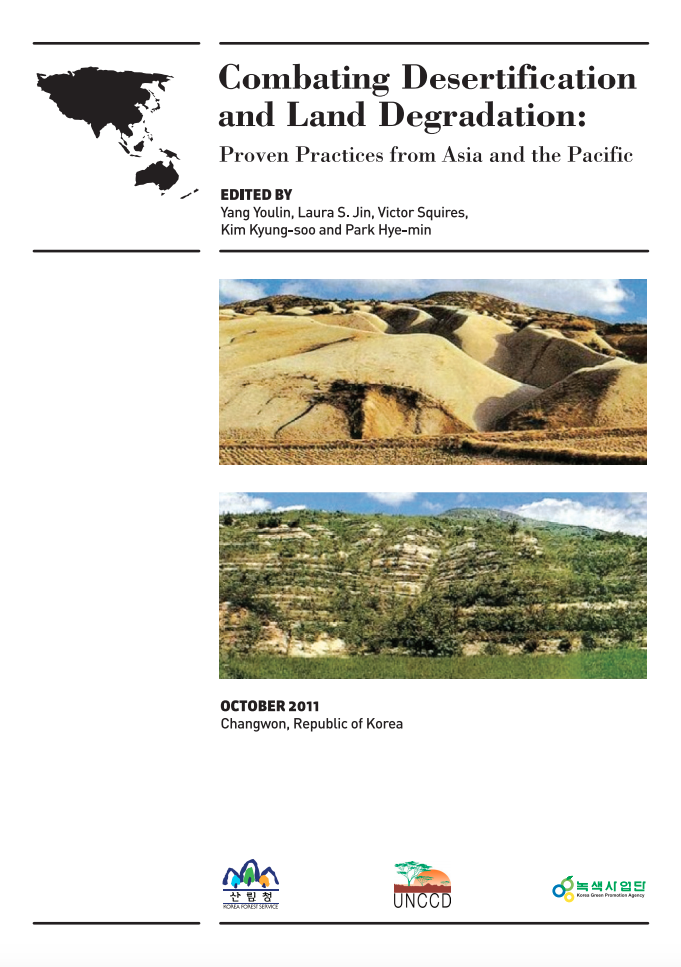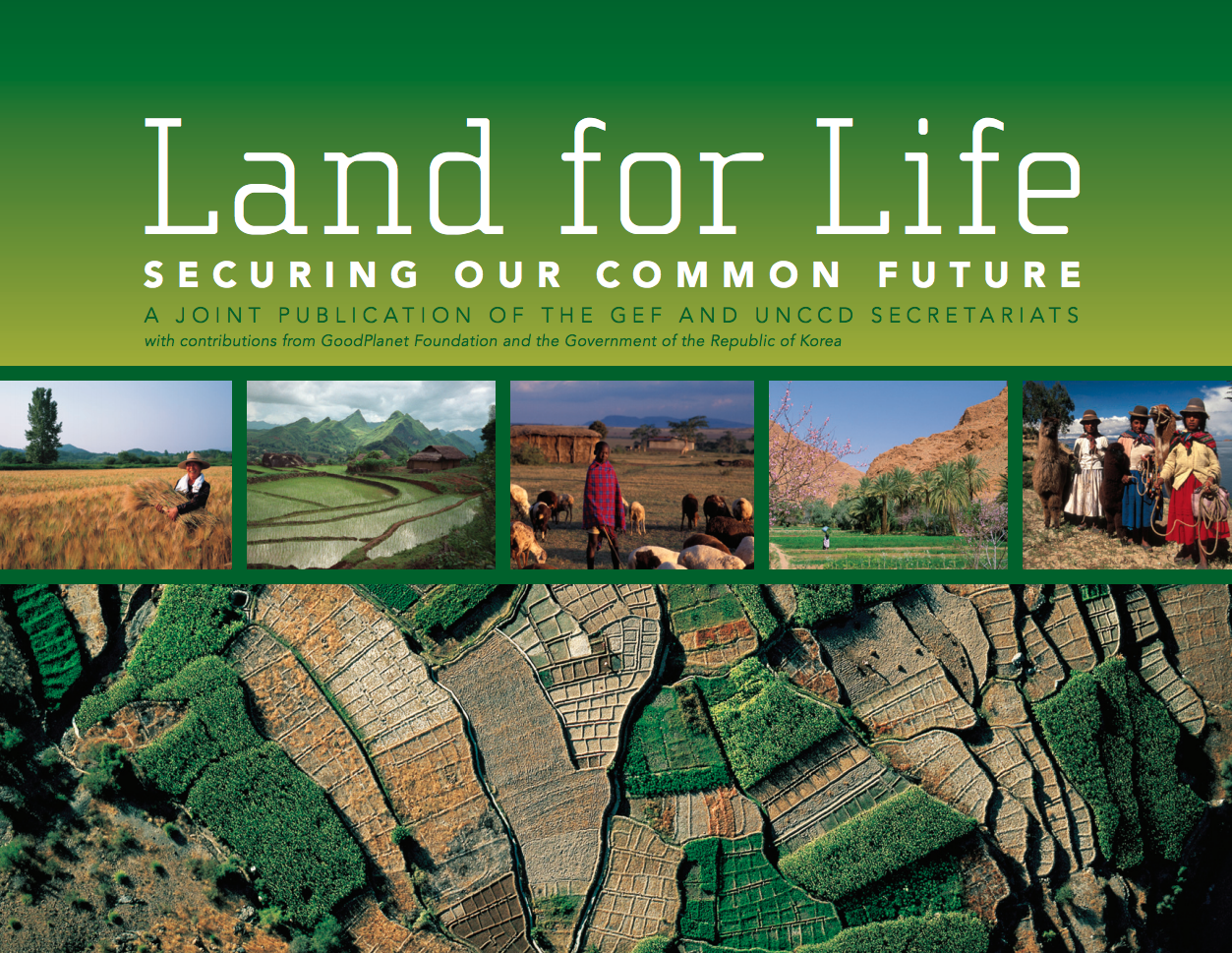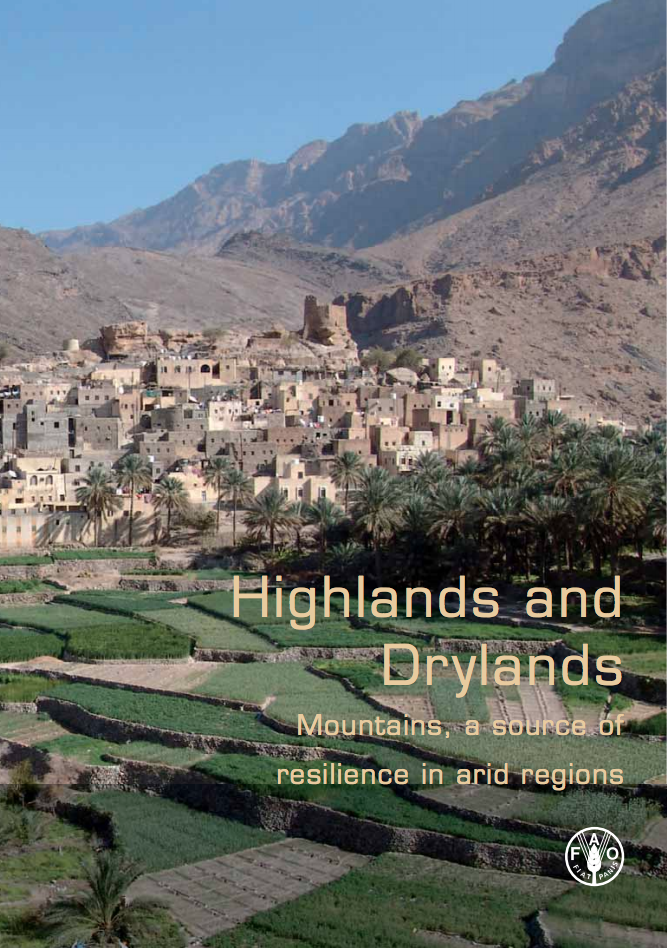Details
Location
Contributions
Displaying 311 - 320 of 2403Managing environmentally-induced migration in drylands: The Win-Win Strategy
Human activities have resulted in unprecedented phenomena and severe impacts for the 21st century such as land degradation, natural resources scarcity, climate change, and a rapid decline in biodiversity. These alterations engender secondary effects such as political conflicts, disputes over resources, social disruptions and sudden shocks of catastrophic weather events which are becoming more frequent in critical regions of the world, particularly in drylands; and exacerbate threats for human, national and international security.
Drylands Soil: Sustaining Life on Earth
Often, when people think of drylands, they think of deserts and hostile living conditions, economic hardship and water scarcity. But that is not what drylands are all about. If managed well, drylands are often fertile and capable of supporting the habitats, crops and livestock that sustain the entire global population.
The Economics of Desertification, Land Degradation, and Drought
Since the publication of the Report of the Brundtland Commission (Our Common Future) in 1987, and the consequent Earth Summit on sustainable development, global attention on natural resource scarcity and degradation has been increasing, because of climate change and rising food and energy prices. This awareness, in turn, has led to growing interest in land investments by the private and public sectors. Despite this interest, however, land degradation has not been comprehensively addressed at the global level or in developing countries.
Measuring the value of land
The economic dimension of desertification, land degradation and drought (DLDD) is increasingly gaining importance.
For this reason, the UNCCD has launched an initiative to help make the economic side of desertification, land degradation and drought (DLDD) an integral part of policy strategies and decision-making. An important step in this direction was the Partnership meeting on the Assessment of the »Economics of Desertification, Land Degradation and Drought« ( EDLDD), held December 14 – 15, 2010.
La terre, source de vie: Préserver notre avenir commun
La terre — une ressource vitale pour la population mondiale
Global Drylands: A UN system-wide response
More than two billion people depend on the world’s arid and semi-arid lands. Preventing land degradation and supporting sustainable development in drylands has major implications for food security, climate change and human settlement. This report, issued at the beginning of the United Nations Decade for Deserts and the Fight against Desertification, sets out a shared strategy by UN agencies to rise to the challenge of addressing the special needs of these vital zones.
The Forgotten Billion: MDG achievement in the Drylands
As the world reviews its progress in tackling global poverty and achieving the Millennium Development Goals (MDGs), drylands can no longer be ignored. Drylands account for more than a third of the world’s land surface and more than 2 billion of its people. Yet for too long, drylands and their inhabitants have been neglected in development processes.
Combating Desertification and Land Degradation: Proven Practices from Asia and the Pacific
Asia and the Pacific, for the purposes of this book, encompasses a vast territory extending from Mongolia in the north to New Zealand in the south; from the Cook Islands in the east to Kuwait in the west (Map 1). The environmental diversity of Asia and the Pacific is therefore vast, and is contrasted by the region’s coldest and hottest deserts, verdant tropical rainforests, extensive steppe, desert steppe, grassland and rangelands, mountains and plains.
Land for Life: Securing Our Common Future
Land is the foundation for all life-sustaining processes on Earth. Through its physical, chemical, and biological attributes, land underpins a wide range of ecosystem goods and services that humanity depends on for survival.
Highlands and Drylands Mountains, a source of resilience in arid regions
Dryland mountains are among the least-known environments in the world, and certainly one of the most overlooked by decision- and policy-makers.
Dryland mountains have an outstanding strategic value. They act as water towers for surrounding dry lowland areas, as shown by the examples of the Rocky Mountains of North America, the Central Andes, the mountains of the Mediterranean Basin, the Sahara and Sub-Saharan Africa, West Asia, and Central Asia


